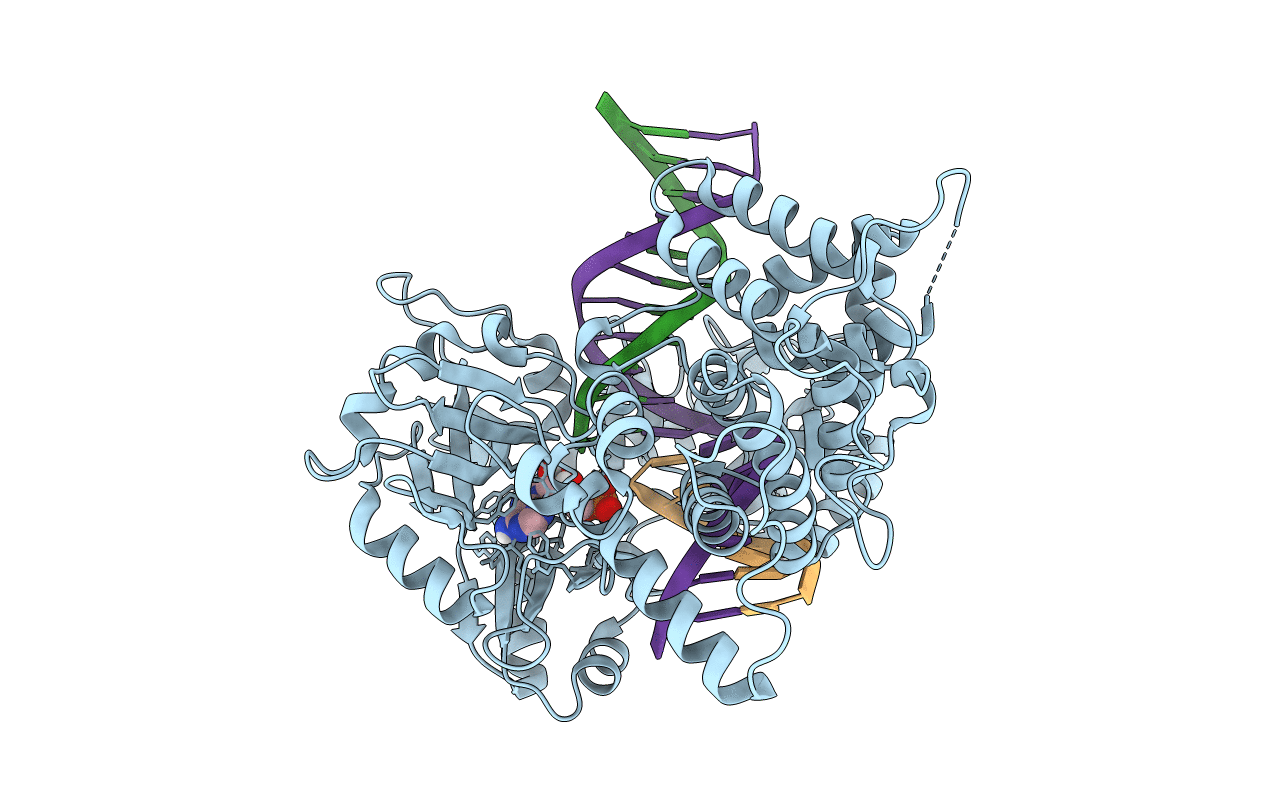
Deposition Date
2020-12-17
Release Date
2021-01-13
Last Version Date
2023-10-18
Method Details:
Experimental Method:
Resolution:
1.90 Å
R-Value Free:
0.19
R-Value Work:
0.16
R-Value Observed:
0.16
Space Group:
P 21 21 21


